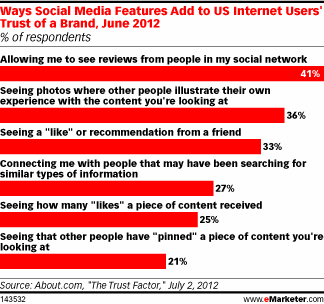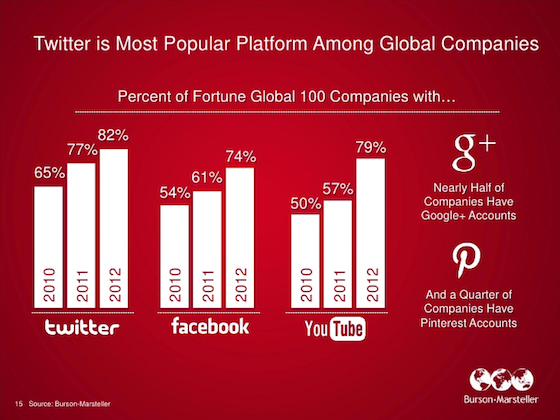Since the arrival of social media platforms, companies have tried to figure out how to best use them to get their messages to consumers, often with mixed results. Some brands have embraced the notion that social platforms like Twitter allow constant interaction, for better or worse, with their customers.
Others have turned away from some strains of social media, as General Motors did last spring when it stopped advertising on Facebook while raising questions about the return on its investment. The move had a ripple effect in the advertising world, with many brands questioning whether the costs of being on social media were worth it.
A new report issued Tuesday by Nielsen and Vizu, a research company owned by Nielsen, shows that brands think they might be turning a corner, specifically when it comes to paying for their use of social media.The report examined the opinions about social media marketing among more than 500 digital media professionals — including brand marketers, media agencies and advertisers — from September to October 2012.
The study found that that
- 89% of advertisers continued to use free social media products. Nielsen did not release the names of specific social media platforms mentioned by the respondents, but they are likely to include Facebook and Pinterest, as well as Twitter.
- 75% of the companies surveyed said they were also spending more for social media content, which could include paying bloggers to write posts about a product or using third-party technology to push videos on to the Web in the hope that they become viral.
- 70% of the advertisers surveyed said they dedicated up to 10 percent of their budget to paid social media advertising, while 13 percent dedicated more than 21 percent of their budget. Those numbers are expected to increase in 2013.
The results come as companies like Twitter and Facebook are making more diverse advertising options available to brands. Last year, Twitter announced a number of advertising and media initiatives, including a survey product that enables marketers to ask Twitter users a handful of multiple-choice questions. Facebook began testing a new advertising mechanism using a technology called real-time bidding, which allows advertisers to place bids on ad space at specific times.
“Advertisers are starting to look at social media as an integrated part of their advertising strategy,” said Jeff Smith, the senior vice president of product leadership for advertising effectiveness at Nielsen.









